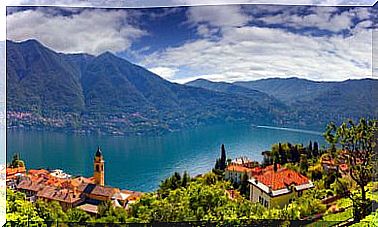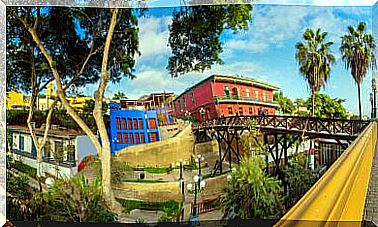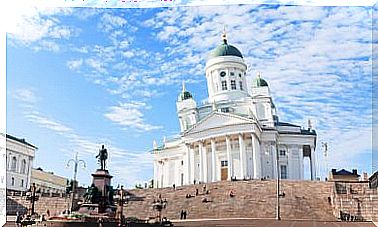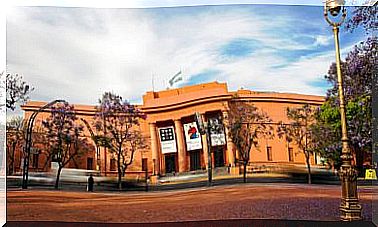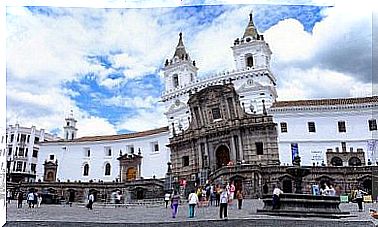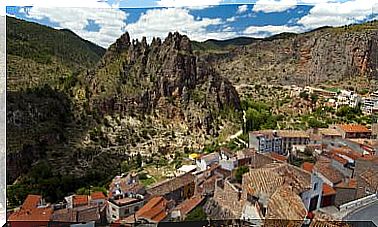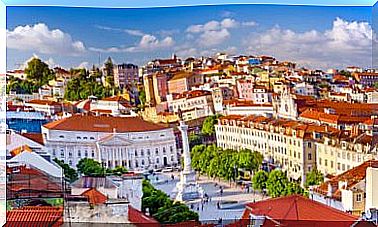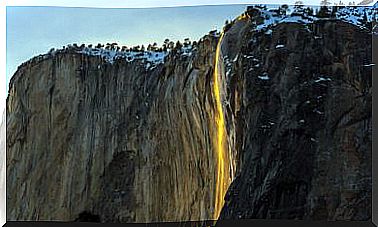We Follow The Modernism Route In Tarragona
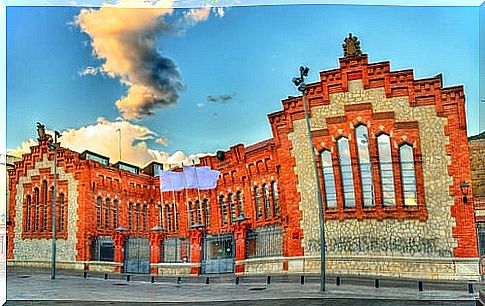
The artistic and architectural style whose greatest exponent has been Gaudí can be enjoyed in different Spanish corners. Although in Barcelona there are the greatest examples, this time we suggest you follow the Modernism Route in Tarragona, with more than 50 outstanding elements. Can you come with us?
The Modernism Route in Tarragona: what to visit
Most of the sites on this tour are located around the city’s main artery, Rambla Nova. Some of the greatest exponents of modernism in Tarragona are:
1. Quinta de San Rafael
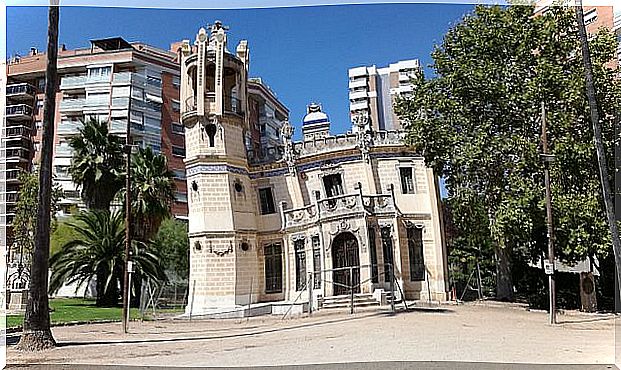
It is located in the city park and was designed in 1912 to be the residence of the forest engineer Rafael Puig. The building has 366 m² distributed over 2 floors.
In one of the corners of the house we find an octagonal tower decorated with colored ceramics. In the garden we can find trees and shrubs inside a nature interpretation center.
2. Metropol Theater
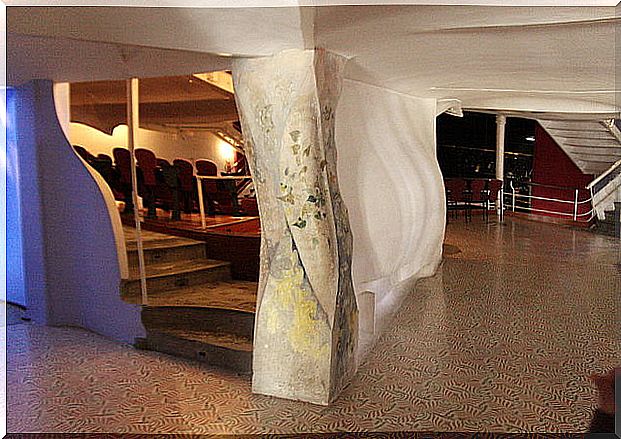
It was created by the great Catalan architect Josep María Jujol and draws attention for its marine allegory (it has drawings of fish and waves and the shapes of a ship and a keel). We can also see religious symbols by finding several letters “M” in honor of the Virgin Mary. The building for the artist was a ship that led the spectators to the sea of salvation.
3. Railing of the Mediterranean Balcony
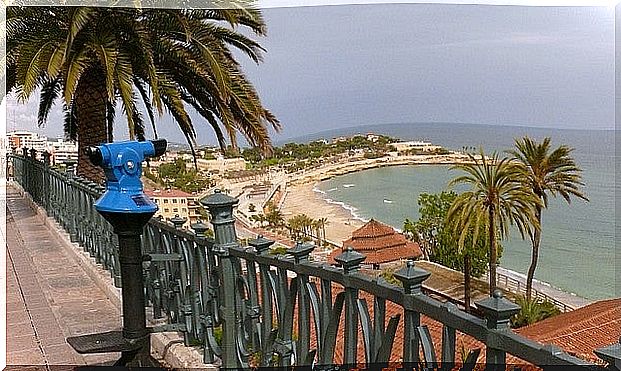
It is one of the most beautiful viewpoints in Tarragona, where the Rambla Nova begins, and a meeting place for locals and tourists. The balcony is 42 meters above sea level, in the same place where King Charles I said it was the “most beautiful balcony to the sea” of all its states.
In front of it we can see the port and the beaches. When descending we can walk along the Paseo de las Palmeras.
4. Teresianas Convent
It was donated to the company of Teresianas nuns of Tarragona and the building was in charge of Bernardí Martorell, a student of Gaudí. It is clad in brick and inside we can see a great modernist influence (similar to the Palau Güell in Barcelona). It was rebuilt by Josep Pujol after the Civil War.
5. Rectorate
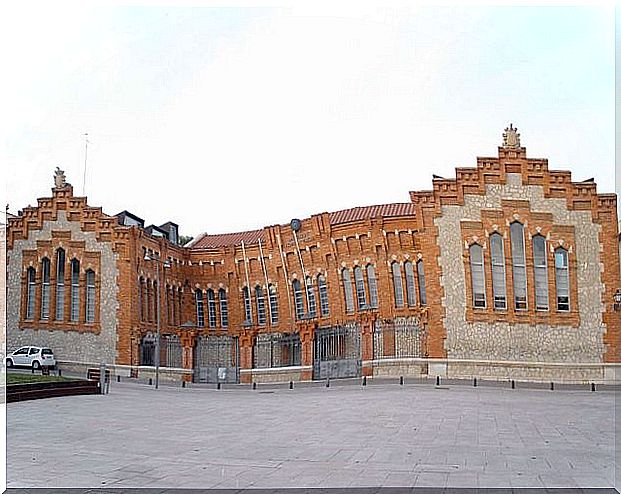
The work was carried out between 1899 and 1901 according to the plans of Pujol and Barberá where the slaughterhouse previously worked, located in the upper part of the city and near the old Roman wall. It has a very striking U-shaped wrought iron fence.
6. Castellarnau House
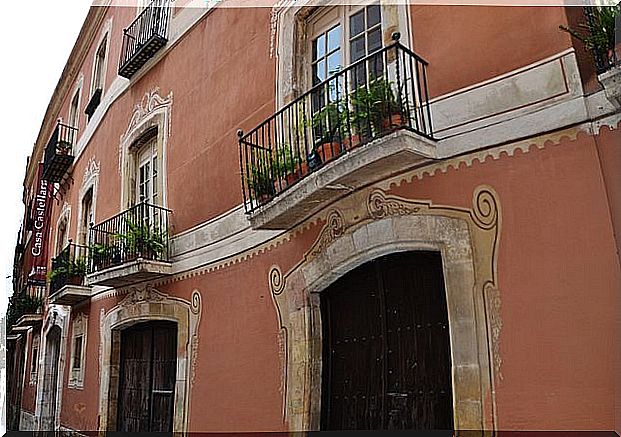
It belongs to the family of the same name, but during its history it served as accommodation for King Carlos V. It houses a museum with Roman elements and has a reconstruction of the 19th century, typical Catalan cuisine.
We can also visit the Gothic courtyard with a staircase to go up to the “noble” floor, a wine cellar, old outbuildings and a Venetian-style hall with a large collection of clocks and frescoes.
More attractions on the Modernism Route in Tarragona
In addition to the most outstanding examples of course there are more exponents of modernism in Tarragona that are worth knowing. The altar of the sanctuary of Our Lady of the Sacred Heart, the work of Antoni Gaudí, stands out.
Of course, there are other corners of this style in the religious sphere: the church of Sant Francesc (with paintings and sand drawings of its chapel); the works of the church of Sant Llorenc and the dressing room of the Discalced Carmelite Fathers convent.
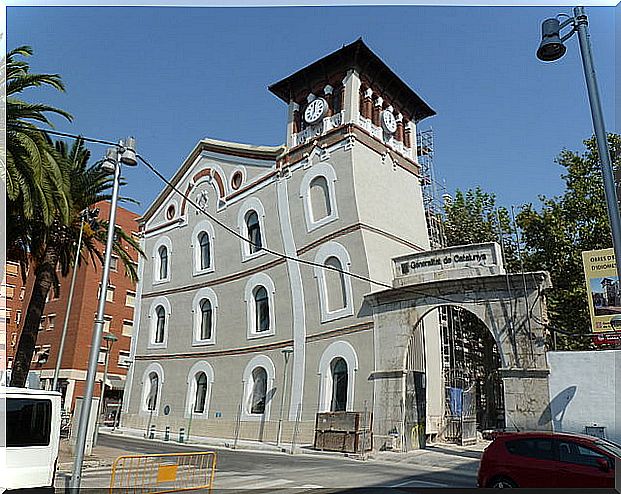
Among other outstanding buildings, we can mention the Central Market with its doors with bars and its ceramic roof. Also the Chamber of Commerce with its imposing dome; the Old Continental Hotel with its striking window moldings; the Chartreuse Factory with its side tower; the harbor clock and the old liquor distillery where today the Official Language School is located.
Finally, the Modernism Route in Tarragona also includes residential buildings such as the Ximenis houses (with iron railings on the balconies), Ripoll (with a polygonal dome); Bofarull (with iron railings with floral motifs) and Porta Mercadé (with wavy balconies).
